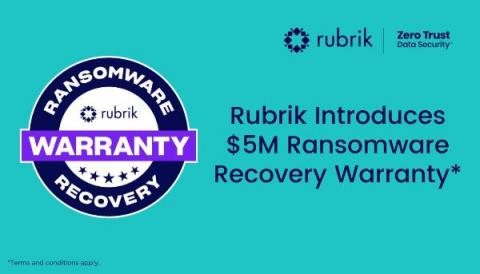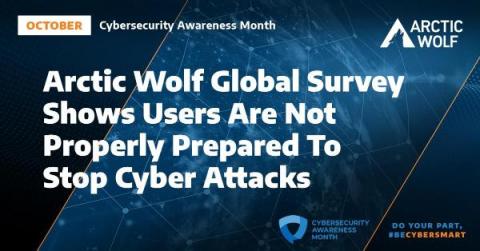Security | Threat Detection | Cyberattacks | DevSecOps | Compliance
Latest News
Rubrik Launches Ransomware Recovery Warranty
What is Privileged Access Management (PAM)? Definition & Examples
As organizations migrate to the cloud and adopt more “as-a-Service” technologies, identity and access have become the perimeter. Remote workforces mean that limiting access according to the principle of least privilege is a fundamental security control. As part of securing applications and networks, organizations need to focus on users with privileged access because they pose greater insider and credential theft risks.
Stories from the SOC - Data exfiltration
The impact of Data Exfiltration, which is the act of copying or transferring data from a computer or server without authorization, has increased over the years and it can be difficult to detect because data is transferred regularly for normal business purposes. If not monitored accurately, company data can be stolen without anyone being aware. Companies in every industry, no matter the size, have sensitive data that must remain private (e.g. PHI, PII, PCI).
CloudCasa Launches Kubernetes Persistent Volume Backup with Simple Pricing, Automation and Secure Cloud Storage
Just in time for KubeCon + CloudNativeCon North America 2021, Catalogic Software launched the general availability of its premium service for CloudCasa, a powerful Kubernetes backup service that is easy to use, affordable and comes with a generous free service tier. With our Activate Your Kubernetes Backup Superpower theme at KubeCon, CloudCasa unleashes the backup superpower for DevOps and IT teams.
Security Awareness Month: Arctic Wolf Global Survey Shows Users Are Not Properly Prepared to Stop Cyber Attacks
4 Ways to Automate Application Security Ops
Maintaining an online business presence nowadays means that malicious actors are going to target and likely exploit any application vulnerabilities they can find sooner or later. According to the 2021 Mid Year Data Breach Report, although the number of breaches has declined by 24%, the staggering number of records that were exposed (18.8 billion) means that there is still room for improvement.
Contextualizing the Ransomware Threat Confronting OT Environments
Back in early June, the U.S. Cybersecurity & Infrastructure Security Agency (CISA) published a fact sheet discussing the rising threat of ransomware to operational technology (OT) assets. This development raises several questions. Why is ransomware a threat to OT environments? And what can organizations do to protect their OT assets against ransomware?
Seven new (and convincing!) phishing scams to watch out for
Cybersecurity would be so much simpler if criminal groups would stick to the same old tried and tested methods. Sadly, that’s never going to happen – they’re persistent and creative. Instead, cybersecurity teams need to keep up to date with the latest tricks in the criminal playbook. There’s no standing still when it comes to cybercrime.
How To Securely Share Documents Outside Your Company
Most companies have internal policies and controls to regulate exposure of sensitive information. Employees are trained, and tools are used to enforce those policies. However, those same safeguards don’t exist when your business needs to share sensitive information with third parties.











